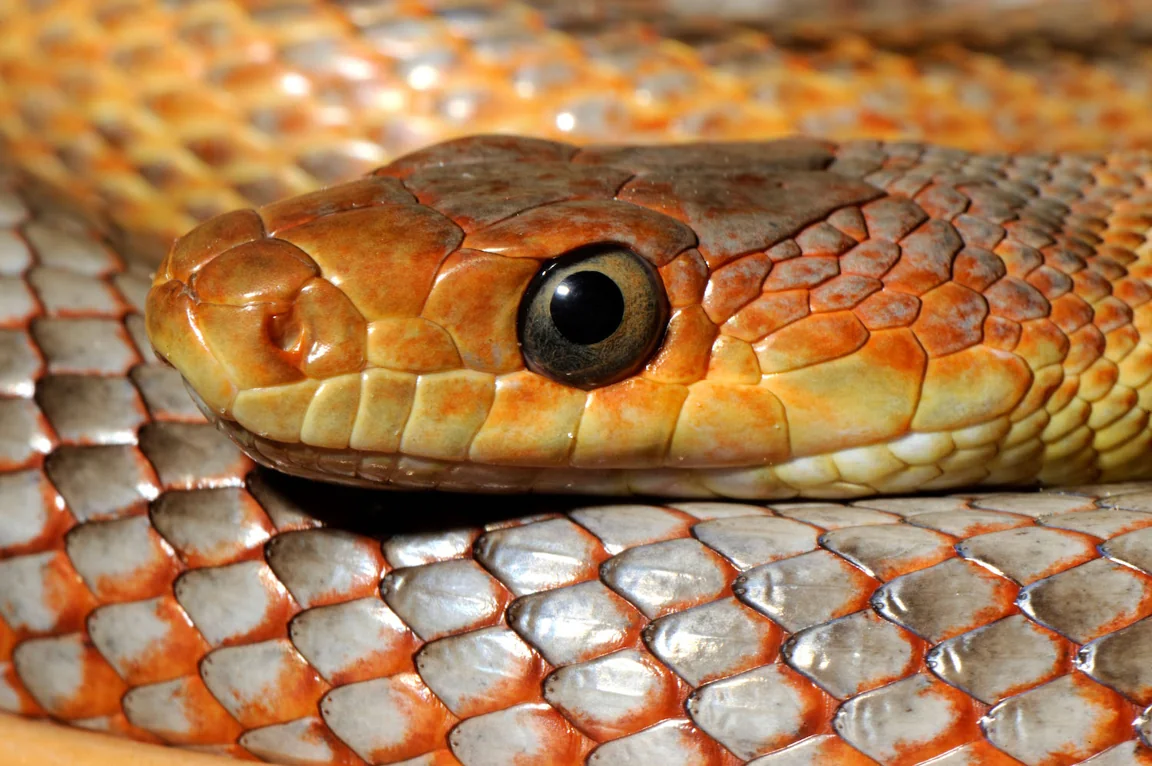Uncategorised
Why Vietnam’s ‘snake village’ is one of the weirdest food destinations on earth
07 Jan 2021
4m
There aren’t many animals that have been given as bad a rap as snakes. Between sea serpents dragging sailors to a watery grave and sneaky reptiles tempting innocent women with felonious fruit, it’s fair to say that positive snake press has been fairly thin on the ground for most of our history.
Read More: Where to find the best pizza in New York
However, despite all the negative headlines, there is one thing that continues to keep them in our good books. Perhaps slightly surprisingly, snakes taste amazing.
Despite their ongoing status as an animal pariah, the thousands of traditional recipes scattered around the world prove that snake meat is not only delicious, but also extremely versatile. But, for all the rattlesnake barbecues and python curries dotted across the globe, there is one place that takes snake eating to uniquely bizarre and unusual extremes. For anyone who wants to slither on the wild side with their dinner, the Vietnamese village of Le Mat is the only place to head.
Lying 7km north of the capital, Hanoi, Le Mat is a community that revolves around one calling. For centuries, the villagers have built a reputation as the best snake catchers in Southeast Asia, and the entire economy now runs on snake meat. Out of around 8,000 villagers, 100 houses employing nearly 500 people are dedicated to professional snake trapping. The rest of the population work in tourism, hospitality or transport, which is also dependent on the reptiles. So legendary is Le Mat’s reputation that over 1,000 tourists, both local and international, flock to the village every day to sample the star attraction. It’s a pull that has a grisly undercurrent.
 Credit: Instagram
Credit: Instagram
For the villagers of Le Mat, eating snake is as much about a show of bravado as it is about sustenance. It is because of this that snake dishes here are a far cry from a simple bowl of food. The ritualistic slaughter and consumption of these creatures that takes place every single day is what sets Le Mat apart from other areas where snake eating is commonplace. Whichever way you look at it, the village’s methods are impossible to ignore.
A typical meal at one of the local specialist snake restaurants follows a strict, gruesome formula. As guests sit down at a table, a live snake is brought out for inspection. Provided everything is satisfactory, the meal begins then and there. First, the throat is slit and the blood drained into a shot glass half-full with rice vodka. The still-beating heart is then plucked from the wriggling victim and plunged into the blood-shot, before the whole lot is downed in a quick crimson flourish. A second shot is then prepared from the snake’s lurid green bile, before the now-dead serpent is taken to the kitchen.
For the people of Le Mat, it is of paramount importance that no part of the animal goes to waste. After the explosive start to the meal, expert chefs set about creating a range of traditional delicacies with the snake at the centre. Skewers of snake meat, crispy spring rolls and crunchy skin are all served alongside more unusual creations like bone pappadums and liver porridge. Over 10-courses, the entire animal disappears.
Given the extreme way in which Le Mat’s signature dining experience is prepared, it’s unsurprising that the village has courted controversy. The idea of wholesale snake slaughter providing the only draw to tourists is extremely difficult for many to digest, and the cruelty involved in killing and eating an animal in this way raises some complex ethical questions. Though the practice undoubtedly helps to support the local community, many argue that this is no justification for such savagery.
Indeed, there was a time when it seemed that snake was destined to disappear from the menu altogether. In 1993, Vietnam ratified the international convention on the protection of wildlife and began to impose strict restrictions on the snake breeding and capture industries. The result was the gradual eradication of snake meat specialist restaurants and a downturn in Le Mat’s local economy. After recognising the negative impact that the restrictions were having on local people, the government granted a special permit to Le Mat, allowing them to restart their burgeoning snake meat trade. The result is the continuation of a practice that, despite the positives it provides, will always be overshadowed by the sacrifices made to achieve them.
People from around the world continue to flock to Le Mat to sample what they believe to be a quintessential Vietnamese delicacy. The issue is that it has become impossible to tell what is tradition and what is theatre. The local people are savvy enough to know that the food in Le Mat is unique and provides an easy opportunity to exploit wildlife for personal gain. It is not their fault that we all continue to indulge the practice. If we want to take animal rights laws seriously, then it might be time for the rest of us to say enough is enough. If not, then the snake village will continue to be the centre for snake slaughter.



